
A puncture wound is a wound caused by an object piercing the skin. The wound is in a form of a small hole. Some puncture wounds are superficial and affect only the skin and a bit of subcutaneous tissues while others can be severe when an object penetrates deeper and may cause serious damage internally. In a majority of cases, puncture wounds do not cause excessive bleeding. Still as is the case, these wounds need to be treated, because they carry a risk of infection.
Puncture wounds can be caused by any kind of sharp object such as a nail, knife, pick, scissors etc. The very entrance of the object is considered dangerous and a risk factor for infection.
Symptoms of Puncture Wound Infection
People with puncture wounds age generally treated with antibiotics which prevent infection. However, some people simply do not consult a doctor even though they have been injured and since they are not treated with antibiotics the wound most commonly gets infected.
Symptoms of puncture wound infection may include; mild bleeding, intensive pain in the affected area, redness and swelling of the skin that surrounds the wound. In some cases pus can drain from the wound. The discharge may be watery, yellow or greenish. In severe cases of puncture wound infection a patient may develop fever.
Treatment for Puncture Wound
The infection of a puncture wound can be easily prevented. The first thing one should do after injury is to stop the bleeding. If the bleeding cannot be controlled, one should see a doctor . The wound is supposed to be thoroughly washed with water and soap. This way debris and dirt are successfully eliminated. In majority of cases antibiotic in a form of ointment is sufficient in prevention against infection. Some puncture wounds need to be covered with bandage.
A person is due to consult a doctor; in case the wound does not stop bleeding, if there are pieces of debris or dirt in the wound and they cannot be removed, in case a puncture wound is caused by animal or human bites, in case of puncture wounds caused by splinters and similar plant materials. Furthermore, a puncture wound must be reported if a person has not had tetanus shot for a long time, if one cannot move the injured part or the affected part is numb and if there are clear symptoms and signs of infection. Puncture wounds in the head, chest or abdomen must be always reported. Particular attention is paid to people suffering from diabetes and immunocompromized patients.
Treatment will basically depend on the cause of the injury, extent and nature of the injury. Some patients undergo additional examinations such as X ray particularly if a part of piercing object stays embedded deep inside the body. Patients who are not regularly vaccinated are given tetanus shot and all of them are prescribed antibiotics. By proper cleaning of the wound, maintaining its hygiene and with antibiotics wound infection is successfully prevented.


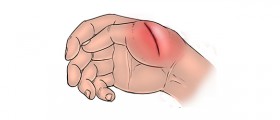


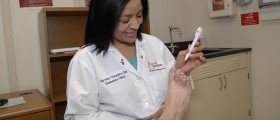
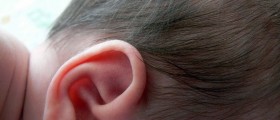
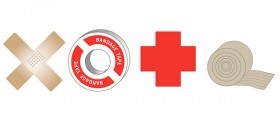



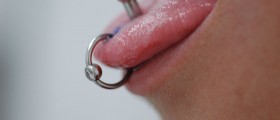
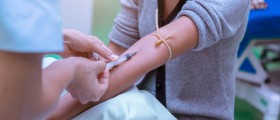

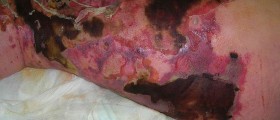


Your thoughts on this
Loading...